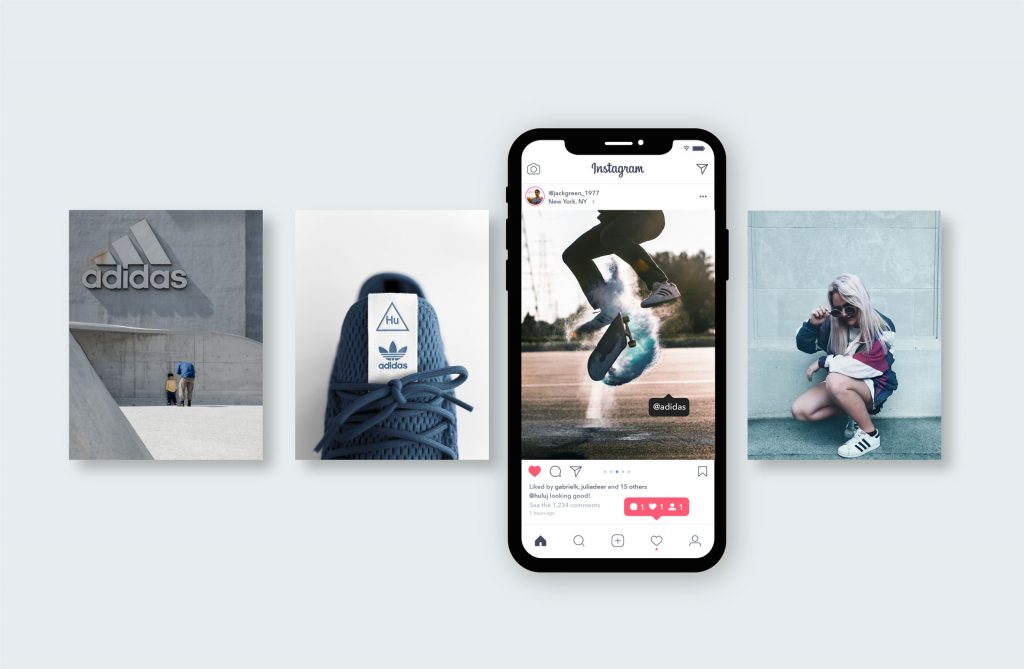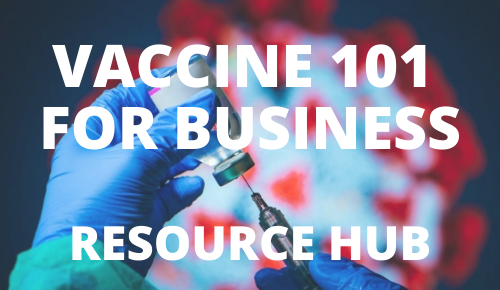
Have you ever looked at an electrical socket and thought: that kind of looks like a face?
Humans are really good at seeing faces in objects, even if they weren’t intentionally arranged to look like one. Being hyper-aware of faces is a survival instinct that’s deeply ingrained in our species. A new face could mean trouble, but it’s also a sign of civilization.
An equally threatening and comforting thought: you are not alone.
Over the course of this pandemic, we have become aware of just how much we rely on human interaction. We’ve changed how and why we connect with others. At the core of it, we communicate to understand and to be understood, to comfort and to be comforted.
This is where your marketing comes in. It’s always been your job to communicate with your customer so that they understand what it is you deliver and feel comforted by your brand—what it stands for and the fact that it exists to directly solve their problems.
Since your audience is made up of such social creatures, attaching approachable and relatable faces to your brand will help you capture their attention, communicate more effectively, and gain their trust.
So, how do you determine the face of your brand, and how should you use it in your marketing?
Your models
The people you cast in your marketing should resemble your target audience (or the best version of your target audience).
Physically, do your models represent the people who do or could use your product or service? Think beyond age. Is there appropriate* diversity in the physical abilities, sexual orientations, religious practices, and racial identities of this group of people?
Not only should your models look like your audience, but they should also appear to share the same wants, needs, and fears. What obstacles are they facing? What is motivating them?

What to do: Carefully cast your marketing projects and be intentional when choosing stock photography. Remember: a model doesn’t need to be a professional. They need to be able to act naturally in front of a camera, and, most importantly, they have to properly represent your brand.
*Don’t use diversity as a marketing tactic. Consider how your brand honestly respects and acknowledges diversity in its everyday functions. If your customer community is diverse, your marketing should be, too.
Your employees
Introducing the people who work for your brand will help you build trust with your current and potential customers. When representing these people, make sure it comes off as authentic. Only involve employees who are willing and excited to participate.
Sharing faces and stories from various levels of your company can create a sense of
transparency. But make sure you are only sharing relevant stories that will help you build credibility with your customer.

If you are a dog spa, your audience doesn’t need to know what your receptionist is binging on Netflix. However, they should know that she has a pomeranian named Pumpkin. A company run by dog owners will understand just how valuable your dog is to you and will handle your pup’s grooming needs responsibly.
What to do: Evaluate your company and determine who you could speak to in order to find new perspectives for exciting brand stories. Share these stories on social media—the perfect platform for projecting human experiences, news and events, and friendly faces.
Your advocates
Having recognizable and trustworthy advocates can help you reach a larger audience and gain loyal customers. However, these advocates need to be carefully chosen. Do they align with your brand values? Are they qualified to speak about your product or service?
Actor Dwayne “The Rock” Johnson, while recognizable, might not be the best spokesperson for your shampoo brand. A white-coat-wearing dentist, while trustworthy, isn’t a very credible advocate for your brand’s candy bar.
That said, this conflict could be used for comedic effect and make your advertisement super-memorable. Just make sure you’re obvious about the irony, so your audience doesn’t get confused.

What to do: Invest in influencer marketing, offer website testimonials, and try video marketing that includes the right hosts and personalities.
Your Customers
Your current customers can help you gain new customers. Their role is very similar to that of your advocates, but they are under no obligation to share their appreciation of your brand.
Since their mentions and reviews of your brand are totally voluntary, they can be less reliable than a paid advocate. However, the authenticity and novelty of user-generated content (UGCs) make it ultra-effective.
What to do: Don’t wait around for someone to tag you in an Instagram post. Prompt UGCs with a creative hashtag, new branding, or innovative touchpoints.

Face it
People are drawn to people. Social media algorithms are even inclined to send pictures of people to the top of your feed over pictures on inanimate objects.
At the end of the day, the faces behind your brand set you apart from your competitors. While your product may not be entirely unique, the people of your brand are. Through these friendly, reliable, and relatable faces, you can establish unbreakable trust and earn fiercely loyal customers.
Let’s talk more about empathetic marketing. Contact us at thestudio@vantagestudios.ca.




